What is a Piston Air Compressor?
Piston air compressors are widely used for their reliability and versatility. They are a type of positive displacement compressor that works by using a piston inside a cylinder. These compressors are commonly found in industrial, commercial, and residential applications.
Definition and Basic Function
A piston air compressor compresses air to store it as energy. It works by drawing air into a cylinder, compressing it using a reciprocating piston, and then storing it in a tank. The compressed air can later power various tools and machinery. These compressors are essential for tasks requiring consistent air supply, like spray painting or operating pneumatic tools.
Primary Components of a Piston Air Compressor
Piston air compressors consist of several key components, which include:
- Cylinder: The chamber where air compression occurs.
- Piston: Moves inside the cylinder to compress air.
- Crankshaft: Converts rotational motion into reciprocating motion.
- Valves: Control air intake and discharge.
- Air Receiver Tank: Stores compressed air for use.
- Motor: Powers the compressor, typically electric or gas-powered.
- Cooling System: Prevents overheating during operation.
Each of these components plays a vital role in the compression process. Understanding their functions helps ensure proper operation and maintenance of the air compressor.
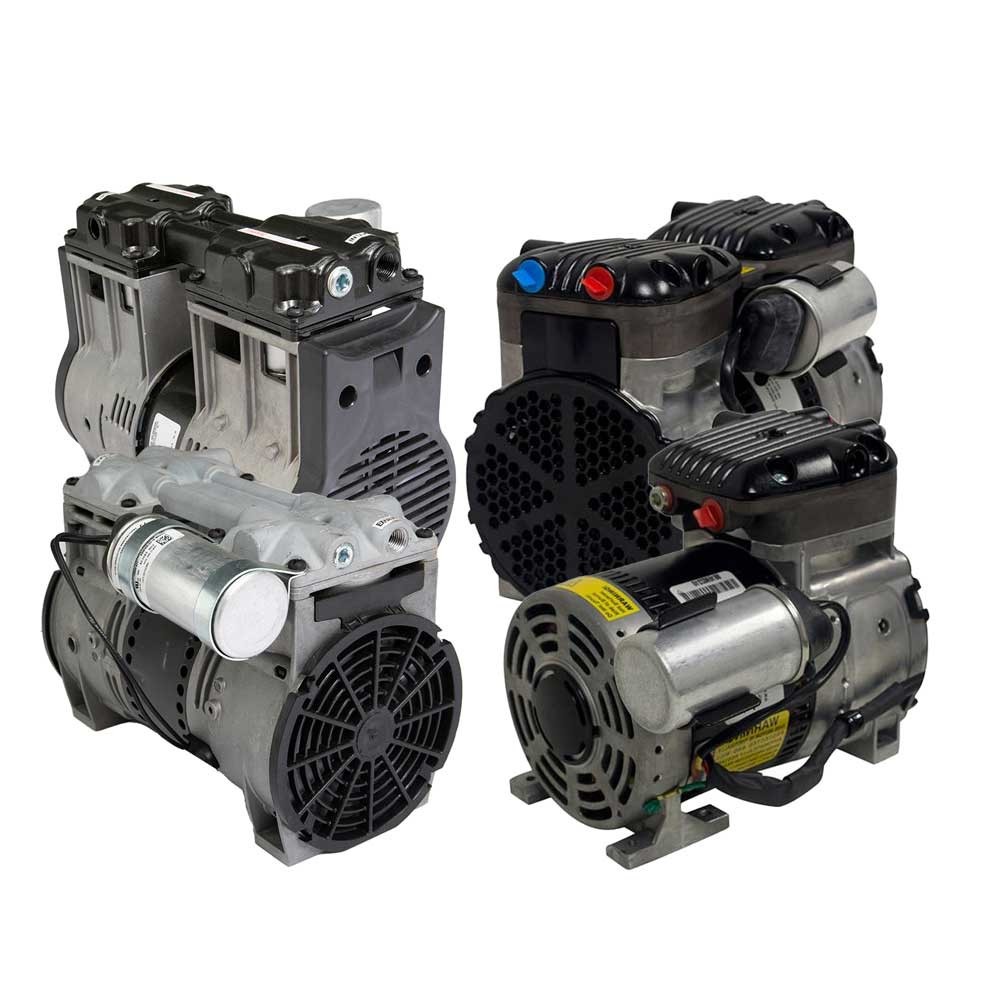
How Does a Piston Air Compressor Work?
Piston air compressors operate through a series of steps to compress and store air efficiently. The process involves converting mechanical energy into compressed air, which powers tools and machines in various applications. Understanding the working mechanism helps users optimize performance and maintenance.
Step-by-Step Process of Compression
- Air Intake: The compressor draws air into the cylinder through an intake valve.
- Compression: The piston moves up to compress the air inside the cylinder.
- Heat Removal: The cooling system reduces the heat generated during compression.
- Air Transfer: Compressed air moves into the storage tank through discharge valves.
- Regulated Release: The stored air powers tools or machinery when required.
This cycle ensures consistent compression of air for various tasks. Proper functionality of each component is crucial for efficiency and longevity.
Single-Stage vs. Two-Stage Compression
Single-Stage Compression:
- Compresses air in one step.
- Ideal for low to moderate pressure needs (up to 120 PSI).
- Suitable for light-duty tasks like inflating tires or spray painting.
Two-Stage Compression:
- Compresses air in two steps for higher pressure (up to 175 PSI).
- First stage compresses air partially, while the second further increases pressure.
- Designed for heavy-duty applications and industrial use.
Choosing between single-stage and two-stage depends on pressure requirements and application type.
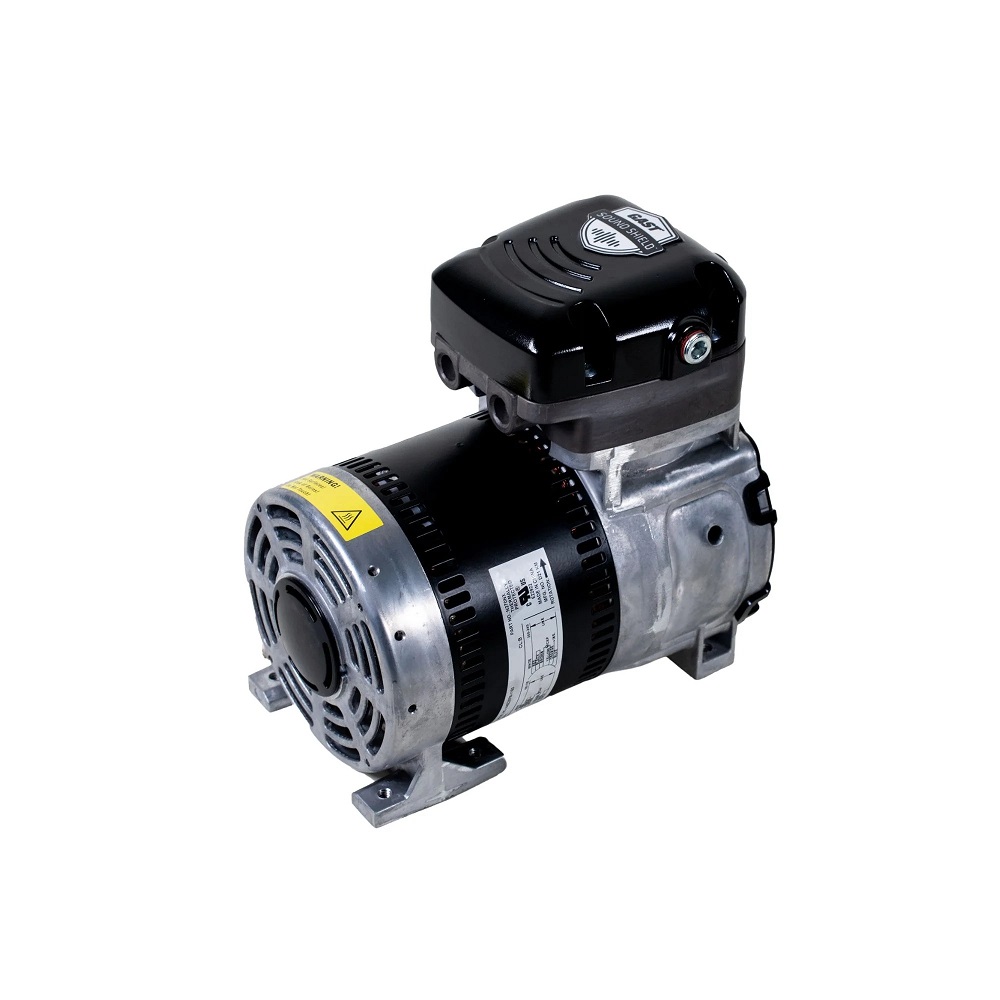
Key Applications of Piston Air Compressor
Piston air compressors play a vital role across various industries and households. Their versatility makes them ideal for tasks requiring reliable and consistent air pressure.
Industrial Uses
Industries heavily rely on piston air compressors for efficient and powerful operations. These machines are commonly used in:
- Manufacturing: Piston air compressors power tools in assembly lines and production facilities.
- Construction: They operate heavy pneumatic tools like jackhammers and paint sprayers.
- Automotive: Compressors assist in tire inflation, engine cleaning, and spray painting vehicles.
- Agriculture: Farmers use compressors to run irrigation systems and maintain machinery.
- Food and Beverage: They power packaging machines and assist in food processing tasks.
These durable compressors handle demanding tasks effectively, ensuring smooth and fast industrial operations.
Commercial and Household Applications
Piston air compressors are equally valuable in commercial and residential settings. They serve in:
- Small Businesses: Compressors are essential for woodshops, auto repair shops, and paint stores.
- DIY Projects: Home users rely on compressors for nail guns, air tools, and spray painting walls or furniture.
- Crafting: Hobbyists use them for detailed work like airbrushing and engraving.
- Appliance Maintenance: They help clean hard-to-reach areas and maintain household equipment.
For households and businesses, piston air compressors balance performance and affordability, making everyday tasks simpler and faster.
Types of Piston Air Compressor
Piston air compressors come in various types to suit different applications and preferences. The distinction often depends on how they operate or the lubrication method used.
Single-Acting vs. Double-Acting Compressors
Single-Acting Compressors:
- Compress air in one direction during a piston stroke.
- Suitable for lighter tasks and moderate pressure needs.
- Commonly used in smaller, portable applications.
Double-Acting Compressors:
- Compress air in both piston directions during a stroke.
- Deliver higher efficiency and more air volume.
- Ideal for industrial tasks requiring large-scale compressed air output.
Choosing between single-acting and double-acting compressors depends on the volume and application requirements.
Oil-Free vs. Lubricated Compressors
Oil-Free Compressors:
- Use self-lubricating materials instead of oil.
- Provide cleaner air for sensitive applications like food or medicine.
- Require less maintenance but may wear out faster.
Lubricated Compressors:
- Use oil to lubricate moving parts for smooth operation.
- Last longer and handle heavy-duty tasks effectively.
- May require regular maintenance to monitor oil levels and prevent contamination.
Selecting the right type depends on the environment and desired maintenance level.
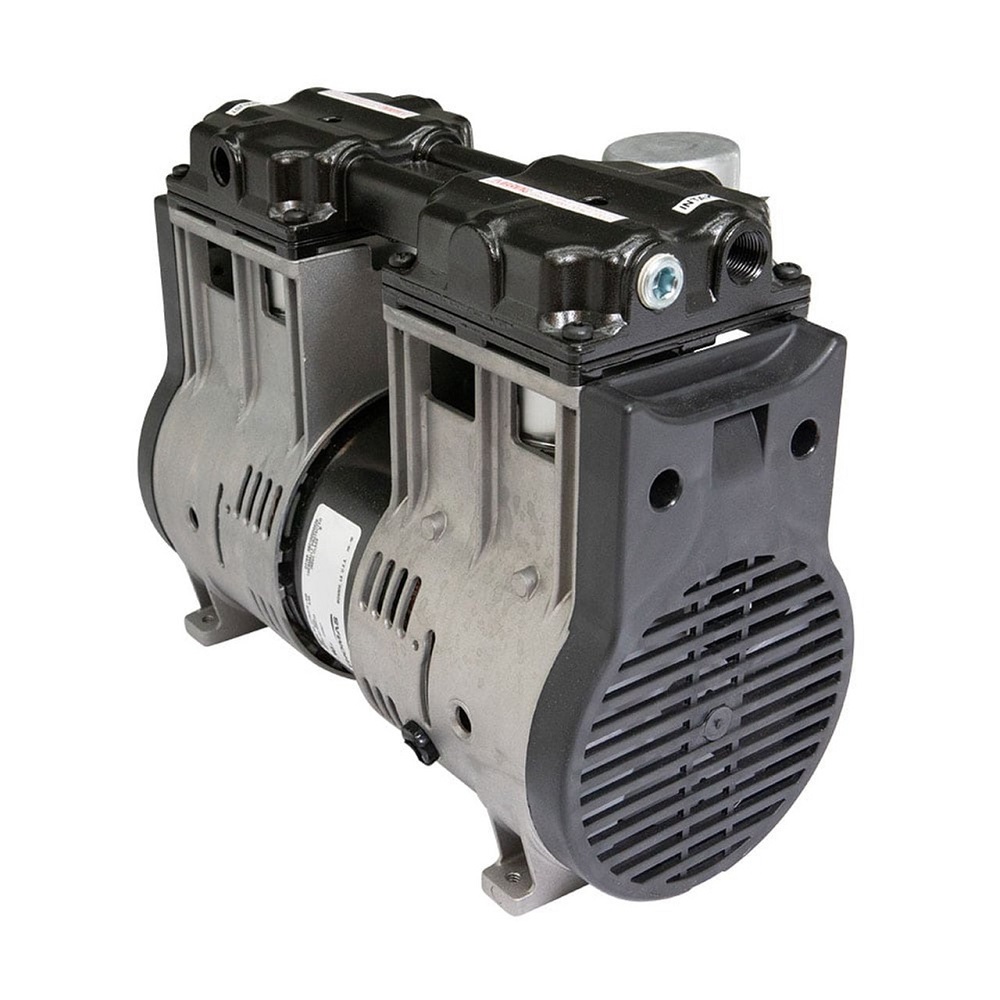
Maintenance Tips for Piston Air Compressor
Regular maintenance ensures piston air compressors run efficiently and last longer. Neglecting upkeep can lead to costly repairs and reduced performance. Here are essential tips for maintaining your compressor properly.
Routine Inspections and Cleaning
- Inspect for Wear and Tear: Regularly check components like belts, hoses, and valves for signs of wear or damage.
- Clean Intake Valves: Clean the air intake valves periodically to prevent dirt buildup, ensuring smooth operation.
- Check Oil Levels: For lubricated compressors, monitor and replace oil as needed to maintain proper lubrication.
- Drain Moisture from the Tank: Release condensed water from the air receiver tank daily to prevent rust.
- Clean the Cooling System: Ensure the cooling system is free from dust to prevent overheating.
- Tighten Bolts and Connections: Loose bolts can create noise and vibration, so tighten them as needed.
- Replace Filters: Air filters should be cleaned or replaced regularly to protect internal components.
Routine cleaning and inspections are quick, cost-effective steps to ensure your compressor stays reliable.
Common Issues and Troubleshooting
- Low Pressure Issues: Check for leaks in hoses or fittings and ensure the system isn’t overloaded.
- Overheating: Ensure the cooling system is clean and the environment isn’t overly hot or poorly ventilated.
- Excessive Noise: Tighten loose parts and inspect pistons, bearings, or the motor for damage.
- Oil Leaks: Replace gaskets or seals and check oil levels frequently.
- Frequent Cycling: Look for leaks and confirm that the pressure switch is operating correctly.
- Slow Performance: Clean the air filter and ensure the intake valve and piston are functioning well.
Prompt troubleshooting helps prevent small problems from becoming major failures. Always follow the user manual for safety.
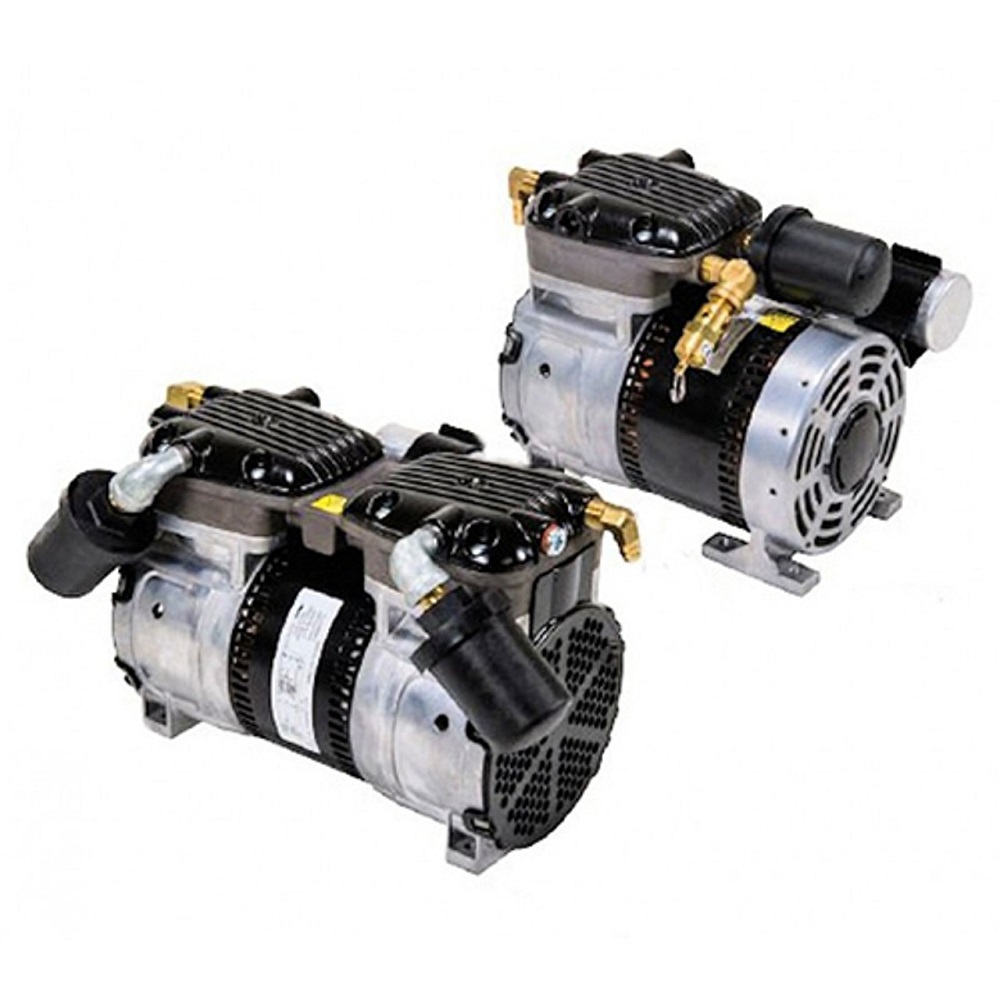
Advantages and Disadvantages of Piston Air Compressor
Piston air compressors are widely valued for their reliability and versatility. However, like any tool, they come with both advantages and challenges. Understanding these helps users make well-informed purchasing and usage decisions.
Benefits of Using Piston Air Compressors
- Cost-Effective Solution: Piston air compressors are affordable compared to other types.
- Wide Application Range: They handle tasks from DIY to industrial applications efficiently.
- High Durability: These compressors are built to last, even in demanding conditions.
- Easy Maintenance: Routine maintenance is simple and cost-effective for users.
- Variety of Models: Single-stage, two-stage, oil-free, and lubricated models suit different needs.
- Portable Options Available: Many models are compact and easy to move around.
- Reliable Power Delivery: They provide consistent air pressure for tools and machinery.
These benefits make piston air compressors a popular choice in homes, workplaces, and factories.
Limitations and Challenges
- Higher Noise Levels: Piston compressors are louder compared to rotary designs.
- Heat Generation: Continuous use can lead to significant heat buildup.
- Oil Management: Lubricated models require regular oil checks and replacements.
- Limited Air Capacity: Smaller models store less compressed air than industrial counterparts.
- Energy Consumption: Compressors consume considerable energy, increasing operational costs.
- Potential Wear Over Time: Moving parts can wear out faster with frequent use.
- Space Requirements: Larger compressors occupy substantial space in work areas.
While these challenges exist, most can be managed through proper usage and regular upkeep. Balancing the pros and cons helps users maximize efficiency while avoiding frequent issues.
How to Choose the Right Piston Air Compressor
Selecting the right piston air compressor is crucial for efficiency and cost-effectiveness. Various factors and options must be considered to make the best choice. Proper evaluation helps ensure it meets your specific needs.
Factors to Consider
- Purpose of Use: Identify the tasks you’ll perform with the compressor. Industrial work requires higher capacity, while DIY projects need smaller units.
- Air Pressure and Volume: Determine the PSI and CFM requirements of your tools. Look for a compressor that matches or exceeds these needs.
- Compressor Type: Decide between single-stage and two-stage compressors. Single-stage is for light to medium tasks, while two-stage suits heavy-duty operations. Choose oil-free or lubricated models based on your application.
- Capacity and Portability: Consider the size of the air tank. Large tanks suit continuous operations, while small tanks are portable and best for on-the-go tasks.
- Power Source: Decide between electric and gas-powered models. Electric is common for indoors; gas works well outdoors.
- Noise Levels: Compare decibel ratings, especially if the compressor operates in noise-sensitive environments, like workshops or homes.
- Durability and Maintenance: Check for sturdy construction and easy maintenance. Frequent-use machines benefit from durable designs.
- Budget: Balance quality with cost. Avoid compromising key features for lower prices.
- Brand Reputation: Look for trusted brands with a history of reliability and quality products.
- Warranty and Support: Comprehensive warranties and responsive customer services add confidence to your purchase.
Top Brands and Models in the Market
- Ingersoll Rand: Known for durability and innovative designs. Ideal for industrial settings requiring heavy-duty performance.
- Campbell Hausfeld: Offers affordable and versatile compressors for both household and light commercial tasks.
- DeWalt: Specializes in portable units, ideal for construction sites and tools like nail guns.
- Makita: Features quiet compressors that suit workshops, detailing, and noise-sensitive locations.
- California Air Tools: Provides oil-free compressors for cleaner air and minimal maintenance tasks.
- Quincy Compressor: Designed for long-lasting performance and high efficiency in industrial environments.
- Husky: Affordable models often available at retailers for both home and semi-professional work.
Each brand offers distinct advantages. Compare features, warranties, and user reviews before finalizing your decision. By focusing on your unique requirements, you’ll ensure an optimal investment.
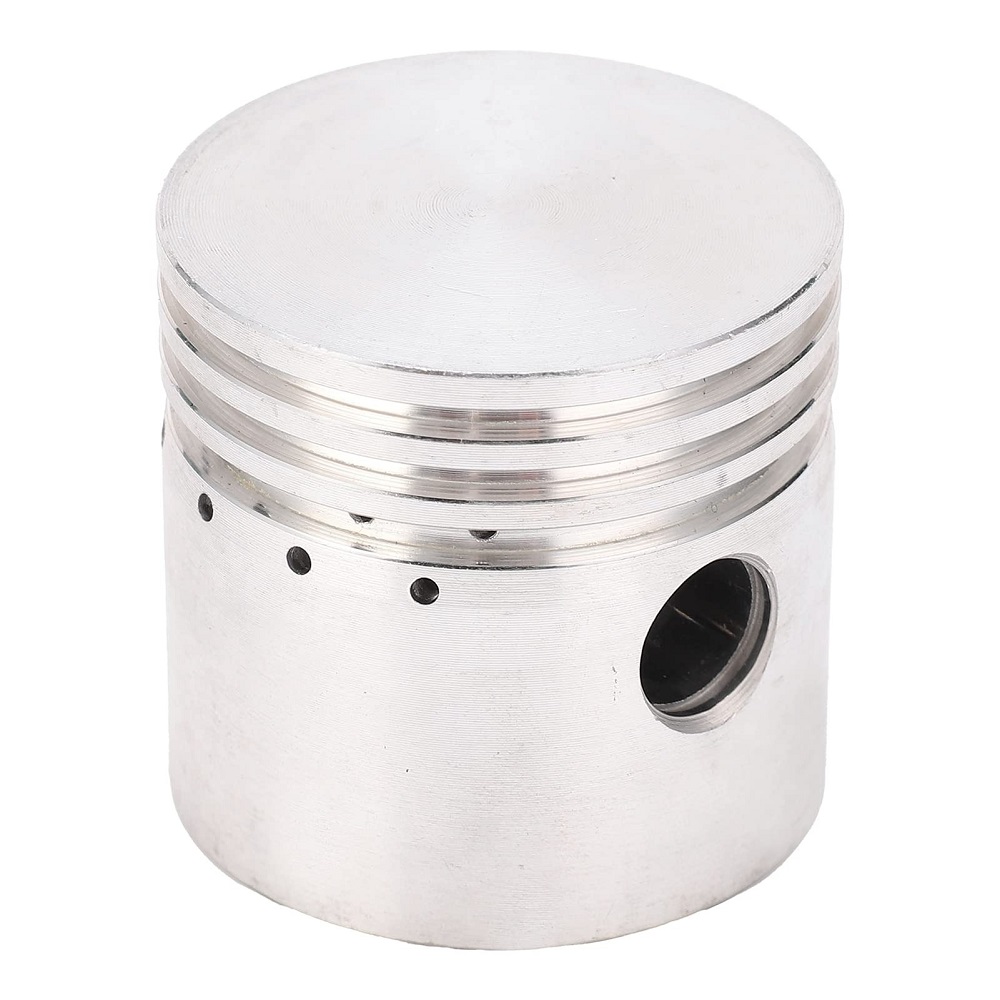
The Future of Piston Air Compressor
Embracing Connectivity
As technology continues to evolve, the future of piston air compressors will likely include enhanced connectivity features. Similar to other appliances, air compressors may come equipped with smart technology, allowing users to connect to mobile apps for better control and monitoring. These applications could provide insight into operating conditions and maintenance reminders. By incorporating connectivity, users will gain instant access to performance data, enabling them to make informed decisions regarding efficiency.
Expanding Applications
The applications for piston air compressors are expected to broaden as industries evolve. As electric vehicles and hybrid technologies gain popularity, piston air compressors may play a vital role in new developments and practices. Innovations that allow for quieter operation will make compressors even more suitable in urban environments where noise is a concern. This ongoing evolution will create new opportunities and markets for piston air compressors while enhancing their functionality across various sectors.
Crafting Custom Solutions
In the future, the customization of piston air compressors will likely become more accessible. Riders and workers will be able to choose configurations that best suit their unique requirements, such as dual-source power systems or integrated filtration systems. As technology advances, customization will allow users to craft tailored solutions, ensuring that their compressors meet specific demands. This growing trend will help users maximize efficiency and maintain peak performance across diverse applications.
Conclusion: Investing in Piston Air Compressor
Importance of Informed Decision-Making
In summary, piston air compressors are invaluable tools that have become essential in numerous applications. Understanding the mechanics, benefits, and maintenance aspects of these compressors enhances user knowledge, leading to informed decision-making. By assessing individual needs and staying updated on industry advancements, you can select the perfect machine that suits your lifestyle or work requirements.
Prioritizing Safety and Efficiency
Prioritizing safety measures and maintenance practices will lead to a better experience with your piston air compressor. By adhering to these practices, you can mitigate risks and ensure optimal performance for years to come. Every element, including proper oil usage, inspection routines, and safe operation, should be addressed to maximize the capabilities of your compressor.
Welcoming the Opportunities Ahead
The future of piston air compressors is bright, filled with opportunities for innovation, efficiency, and sustainability. As technology advances, so too will the possibilities for their application across various industries. Embracing this evolution enables users to adapt their practices and take full advantage of emerging benefits. So, whether you’re a seasoned professional or just starting, invest in a piston air compressor with confidence, knowing that you’re equipped to tackle whatever challenges lie ahead. Enjoy the journey of discovery and the power of compressed air as you explore your passions and projects!
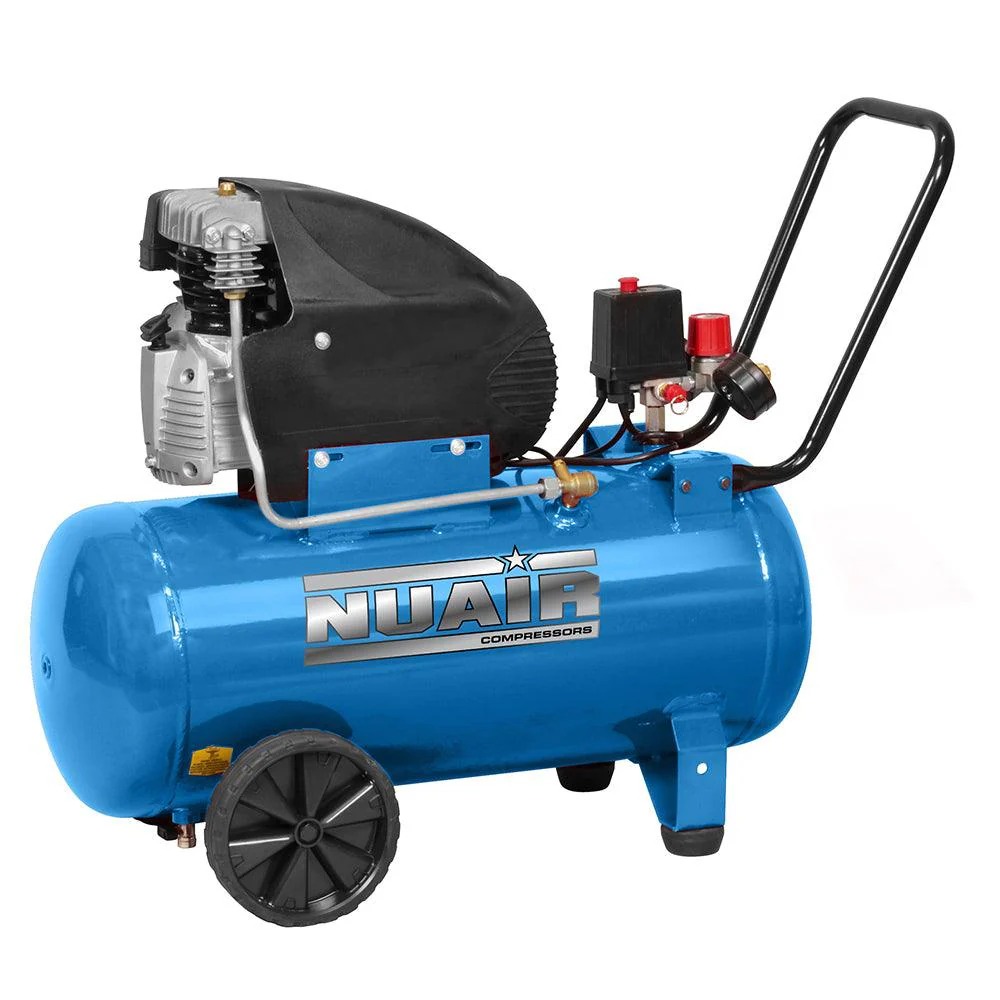
Leave a Reply